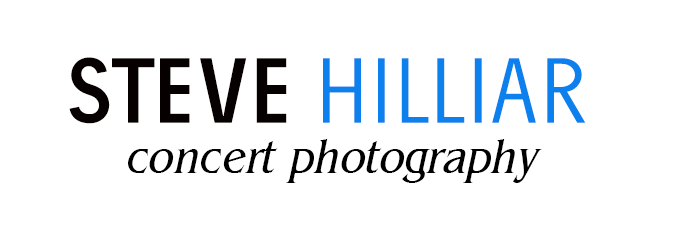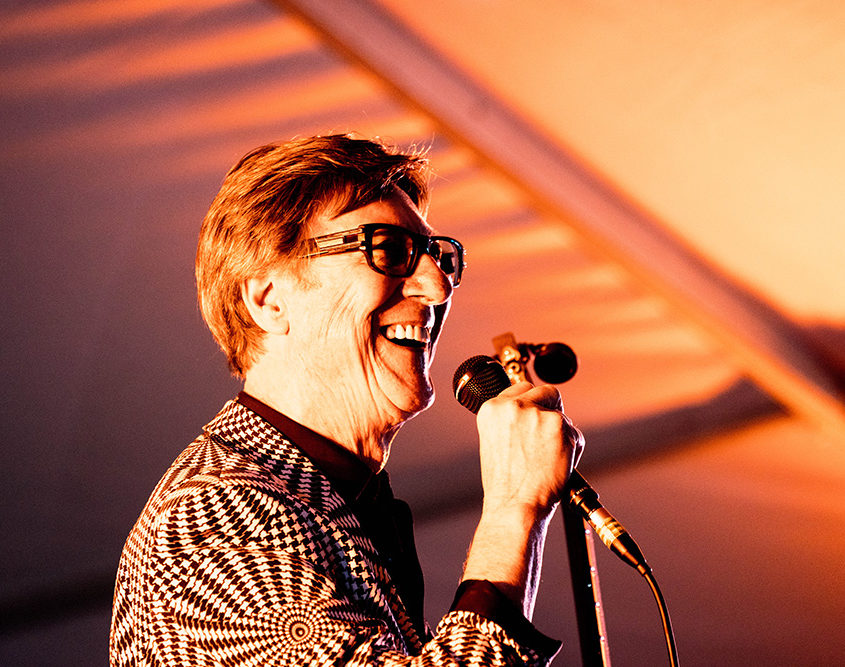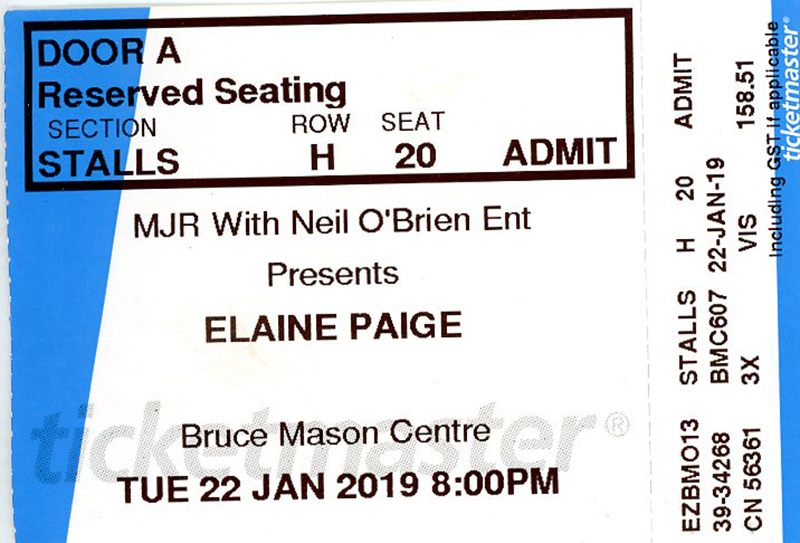Introduction:
Capturing the energy and essence of a live concert can be a thrilling experience, and having the right camera can make all the difference. If you’re a proud owner of the Sony A7s, you already possess a powerful tool for low-light photography – a crucial feature when shooting concerts. In this guide, we’ll explore tips and techniques to help you get lucky and capture stunning concert pictures with your Sony A7s.
- Know Your Gear: Before diving into the concert photography world, familiarize yourself with your Sony A7s. Understand its settings, buttons, and menu options. The A7s excels in low-light conditions, thanks to its impressive low-light sensitivity, so take advantage of this feature by exploring the ISO settings and experimenting in different lighting scenarios.
- Fast Lenses are Your Allies: Concerts are dynamic, and lighting conditions can change rapidly. Invest in fast lenses with wide apertures, such as a 50mm f/1.8 or a 24-70mm f/2.8. These lenses allow more light to reach the camera sensor, enabling you to maintain faster shutter speeds and freeze the action on stage.
- Mastering Manual Mode: While the A7s has advanced auto modes, learning to shoot in manual mode gives you greater control over your exposure settings. Adjust your aperture, shutter speed, and ISO based on the specific lighting conditions of each concert venue. Manual mode ensures you capture the mood and atmosphere without the camera making unwanted exposure adjustments.
- Embrace High ISO Values: The Sony A7s is renowned for its exceptional low-light performance, so don’t hesitate to push the ISO values. Higher ISO settings allow you to maintain faster shutter speeds in low-light conditions, reducing the risk of motion blur in your shots. Experiment with different ISO levels during soundchecks or quieter moments to find the sweet spot for your camera.
- Shoot in RAW: Concert venues often have challenging lighting situations, with intense spotlights and dark shadows. Shooting in RAW format preserves more information in your images, providing greater flexibility during post-processing. This ensures you can salvage details from underexposed or overexposed areas, delivering professional-looking results.
- Focus on Autofocus: The A7s features reliable autofocus capabilities, but in the dynamic environment of a concert, it’s crucial to master your camera’s autofocus settings. Experiment with continuous autofocus modes and different focus area options to ensure your camera can track moving performers accurately.
- Capture the Atmosphere: Concert photography is not just about the artists; it’s about capturing the overall atmosphere. Include shots of the audience, the venue’s unique architecture, and the interplay of lights and shadows. These shots add depth to your collection and tell a more complete story of the concert experience.
- Positioning and Composition: Explore different vantage points to find the best angles for your shots. Get up close to the stage for intimate shots of performers, but also step back to capture wider scenes that showcase the entire stage and crowd. Experiment with framing and composition to create visually compelling images.
Conclusion:
Owning a Sony A7s opens up a world of possibilities for concert photography. By understanding your camera, investing in the right lenses, and mastering the art of low-light shooting, you can increase your chances of getting lucky shots that truly capture the magic of live performances. So, gear up, familiarize yourself with your A7s, and get ready to document the energy, passion, and excitement of the next concert you attend.


